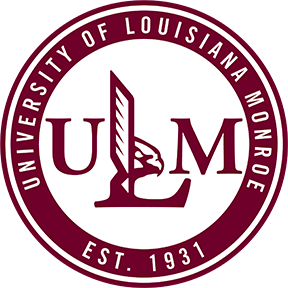Abstract
Interprofessional education (IPE) is a required part of the curricula for many healthcare professions. The literature cites many limitations to successful implementation of IPE including logistics, coordination of curricula, and adequate meeting space. In order to overcome some of these logistical limitations, the investigators sought to determine if an asynchronous IPE activity produces similar outcomes as the same activity delivered in a traditional “live” format. Students enrolled in the first year fall semester of two consecutive cohorts of the Physician Assistant and Physical Therapist educational programs were eligible to enroll. They were randomly assigned to either a live or asynchronous version of the same mandatory, four-week IPE activity. The research component of the activity was voluntary, and consisted of pre- and post-activity Readiness for Interprofessional Learning Surveys (RIPLS) and questions regarding activity logistics, both in an online survey format. Only matched pre- and post-activity responses were analyzed (n=73). There was no significant difference between groups related to changes in RIPLS scores. There were no significant differences in student ratings of the how well the activity met the objectives. Delivery method does not appear to make a difference on RIPLS scores or perceived attainment of instructional objectives. Participants in the asynchronous groups spent less time on the activity per week. Low research participation each year makes the results vulnerable to response bias. Further study would be beneficial with multiple professions. The results suggest that asynchronous delivery of case-based IPE is comparable to live activities, with less time spent.
Recommended Citation
McCallister, E., Weidman-Evans, E., Bernard, A., & Fort, A. (2021). A comparison of live vs. asynchronous IPE in physical therapy and physician assistant students: a randomized cohort study. Journal of Interprofessional Practice and Collaboration, 3(1). Retrieved from https://repository.ulm.edu/ojihp/vol3/iss1/1
article - final manuascript


